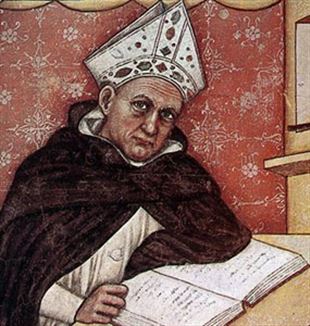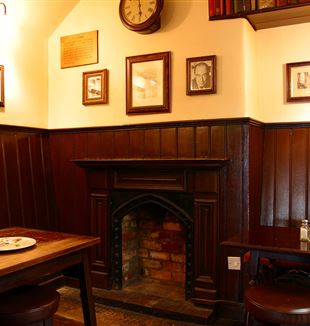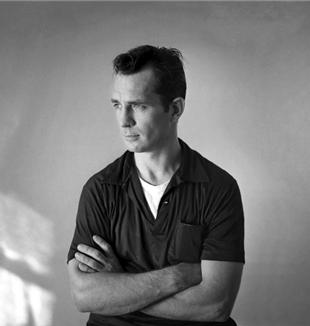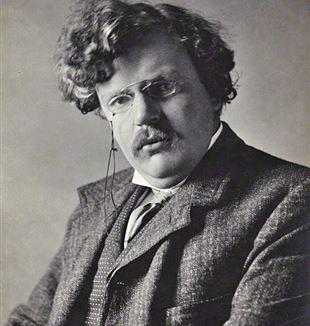
Over the Dinner Table: Where Science and Religion Meet
Culture"What can we know through science? What can we know through faith?" Dr. Massimo Robberto and Dr. Andrew White speak at GS's first PerspectiScope discussion.

"What can we know through science? What can we know through faith?" Dr. Massimo Robberto and Dr. Andrew White speak at GS's first PerspectiScope discussion.

After reading all of C.S. Lewis’s works, Walter Hooper was surprised by his invitation to visit and the ensuing friendship that solidified his position as Lewis’s posthumous secretary.

Reflected in Lewis’s literary productions are his life experiences: the abandonment of Christianity to the point of embracing atheism; the encounter with Tolkien and Dyson; chats with friends in the Inklings club; and conversion.

The author of "On the Road," a cult book for a generation of rebels. A dramatic life that ended in drugs and alcohol. But his pitiless analysis of American society was never satisfied with a degraded condition.

English scholar Stratford Caldecott proposes rereading G.K. Chesterton in light of the encounter with Fr. Giussani, both of whom lived the faith as a gift.

The watershed in post-war art. Pollock, Rothko, Congdon and others revolutionized the relationship with works of art. “They began to consider canvas as an arena in which to act–no longer the support for a painting, but an event.”